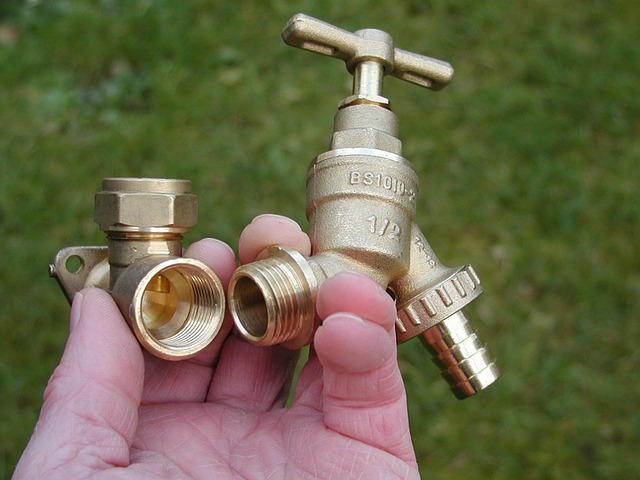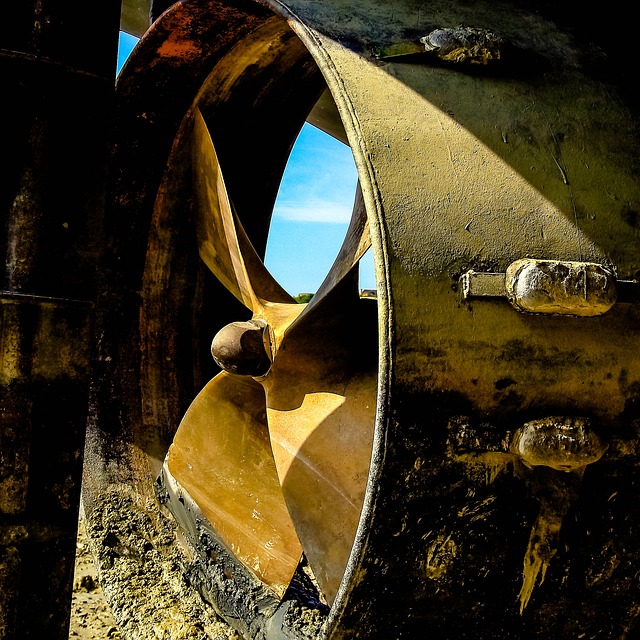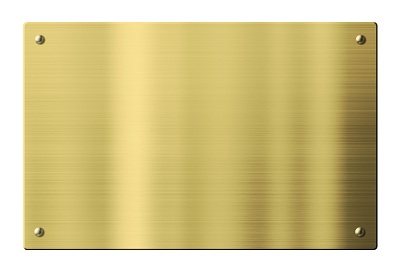Brass is valued for its many useful properties. Even so, it is highly accessible to those who may want to use it for their projects. From industrial design to basic arts and crafts, brass is certainly one of the most popular base material, because it is easy to work with. Of course, it’s also a big factor that it is very affordable.
If you want to explore your creativity, using this particular metal, the first thing you should do is to find a reputable source that can supply you with good quality materials. Then you may get started on bringing those creative ideas to life. Here are some that you can get started with for your creative entrepreneurship.
Bathroom and Kitchen Fixtures
As the poor man’s substitute to gold, brass can easily elevate the look and feel of a room without the cost. This is why interior designers and architects just love working with this material, especially when they are bound to a strict budget by the client.
If you’re more into creating these design elements then items like square brass tubing and others are great tools for creation of a variety of fixture items. Handrails, brass lighting base, towel racks, or even table legs can all use a boost from brass tubings.
Metal Sheets for Aesthetics
Apart from square brass tubing, you can also do some creative output with brass metal sheets. Engrave or mark it with intricate designs to give the plain sheet an artistic layer of texture. These can be used for backsplashes in the kitchen, surface covers for cabinet works and pantry doors, and more.
You can also use the sheet as the actual canvas for artwork that could be framed and put up as a centrepiece in a room. Other than that, these sheets could also be cut up, and shaped and molded into various shapes and designs to come up with other aesthetically pleasing design fixtures.
Furniture Details
Fixtures and artwork aside, brass could also be used to create bigger products like pieces of furniture. Brass is compatible enough to blend well either with wood or glass. As long as you study closely how these elements can seamlessly work together, including what is needed for their compatibility, you should be able to come up with something functionally aesthetic.
Of course, for all your ambitious design projects that will make you a successful metal designer, you should first find yourself a supplier that you can trust, such as Rotax Metals. Especially if you are new to venturing to this industry, you will need the expert guidance of those who are not only familiar with the business of supplying metal materials, but more importantly, are familiar with the metal materials themselves.
Sources:
What is Brass Tubing and What are Its Common Uses? SelfGrowth.com.
The Many Uses of Brass Tubing. VanDykes.com.




